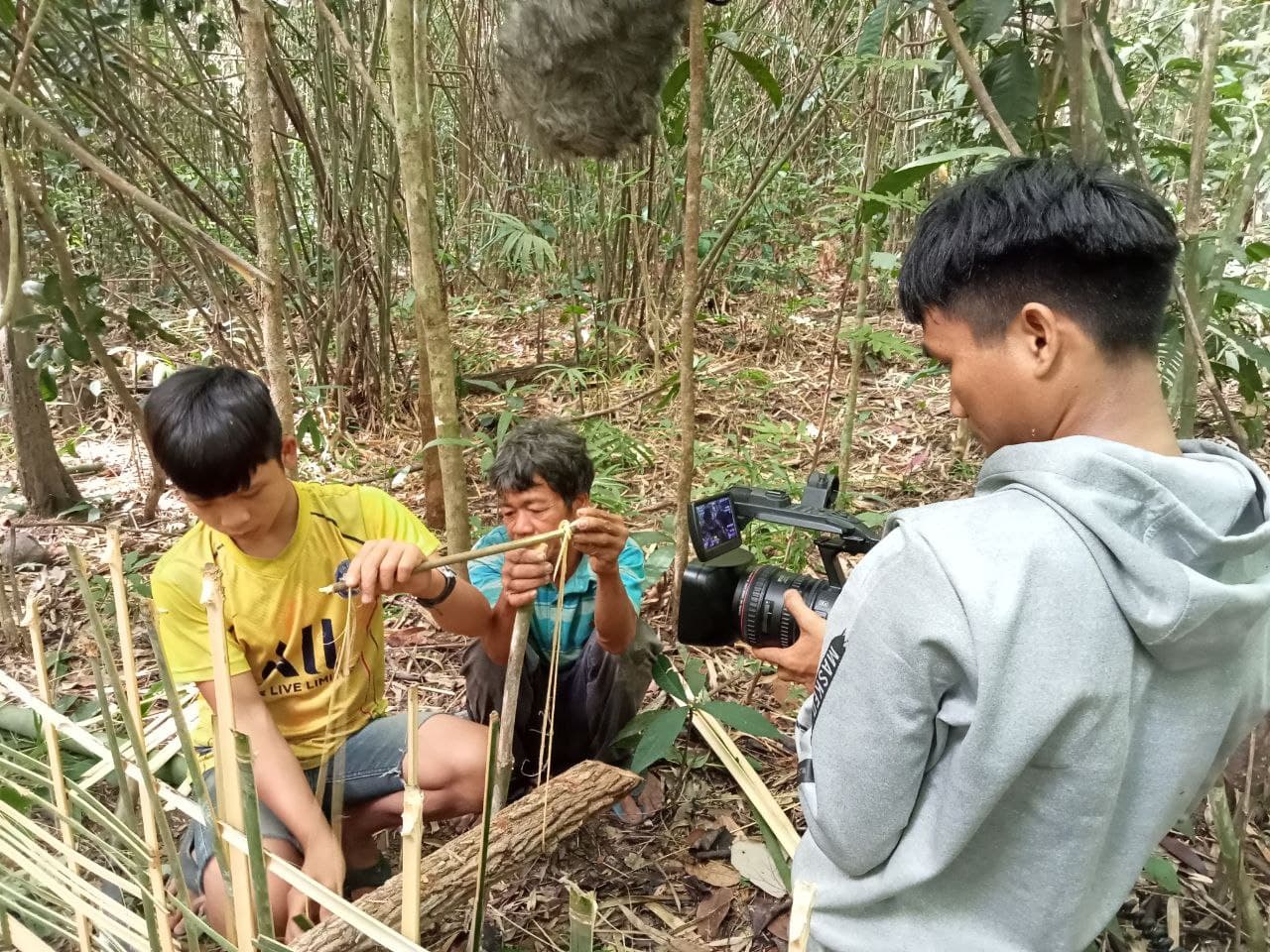|
Brao People
Brao people ( km, ព្រៅ, ) are an ethnic group that live on both sides of the Cambodia-Laos border. There are approximately 60,000 Brao people, broadly defined, worldwide. They mainly live in Attapeu and Champasak Provinces in southern Laos, and Ratanakiri and Stung Treng Provinces in northeastern Cambodia. In Cambodia, the Brao include people from the following sub-groups: Amba, Kreung, Kavet, Brao Tanap, and Lun. In southern Laos, they belong to the Jree, Kavet, Lun, Hamong and Ka-ying sub-groups Baird, Ian G. 2008. “Various forms of colonialism: The social and spatial reorganisation of the Brao in southern Laos and northeastern Cambodia”. PhD Dissertation, Department of Geography, University of British Columbia, Vancouver, B.C., Canada. * Brao people speak various dialects of the Brao language, a Western Bahnaric Mon–Khmer language of Cambodia and Laos. Keller, Charles; Jordi, Jacqueline; Gregerson, Kenneth; and Ian G. Baird. July 2008. Brao dialects: lexical ... [...More Info...] [...Related Items...] OR: [Wikipedia] [Google] [Baidu] |
Bamboo Trap
Bamboos are a diverse group of evergreen perennial flowering plants making up the subfamily Bambusoideae of the grass family Poaceae. Giant bamboos are the largest members of the grass family. The origin of the word "bamboo" is uncertain, but it probably comes from the Dutch or Portuguese language, which originally borrowed it from Malay or Kannada. In bamboo, as in other grasses, the internodal regions of the stem are usually hollow and the vascular bundles in the cross-section are scattered throughout the stem instead of in a cylindrical arrangement. The dicotyledonous woody xylem is also absent. The absence of secondary growth wood causes the stems of monocots, including the palms and large bamboos, to be columnar rather than tapering. Bamboos include some of the fastest-growing plants in the world, due to a unique rhizome-dependent system. Certain species of bamboo can grow within a 24-hour period, at a rate of almost an hour (equivalent to 1 mm every 90 s ... [...More Info...] [...Related Items...] OR: [Wikipedia] [Google] [Baidu] |
Ethnic Groups In Cambodia
The largest of the ethnic groups in Cambodia are the Khmer, who comprise approximately 90% of the total population and primarily inhabit the lowland Mekong subregion and the central plains. The Khmer historically have lived near the lower Mekong River in a contiguous arc that runs from the southern Khorat Plateau where modern-day Thailand, Laos and Cambodia meet in the northeast, stretching southwest through the lands surrounding Tonle Sap lake to the Cardamom Mountains, then continues back southeast to the mouth of the Mekong River in southeastern Vietnam. Ethnic groups in Cambodia other than the politically and socially dominant Khmer are classified as either "indigenous ethnic minorities" or "non-indigenous ethnic minorities". The indigenous ethnic minorities, more commonly collectively referred to as the Khmer Loeu ("upland Khmer"), constitute the majority in the remote mountainous provinces of Ratanakiri, Mondulkiri and Stung Treng and are present in substantial numbers ... [...More Info...] [...Related Items...] OR: [Wikipedia] [Google] [Baidu] |
Interview With Brao Women
An interview is a structured conversation where one participant asks questions, and the other provides answers.Merriam Webster DictionaryInterview Dictionary definition, Retrieved February 16, 2016 In common parlance, the word "interview" refers to a one-on-one conversation between an ''interviewer'' and an ''interviewee''. The interviewer asks questions to which the interviewee responds, usually providing information. That information may be used or provided to other audiences immediately or later. This feature is common to many types of interviews – a job interview or interview with a witness to an event may have no other audience present at the time, but the answers will be later provided to others in the employment or investigative process. An interview may also transfer information in both directions. Interviews usually take place face-to-face and in person but the parties may instead be separated geographically, as in videoconferencing or telephone interviews. I ... [...More Info...] [...Related Items...] OR: [Wikipedia] [Google] [Baidu] |


.jpg)